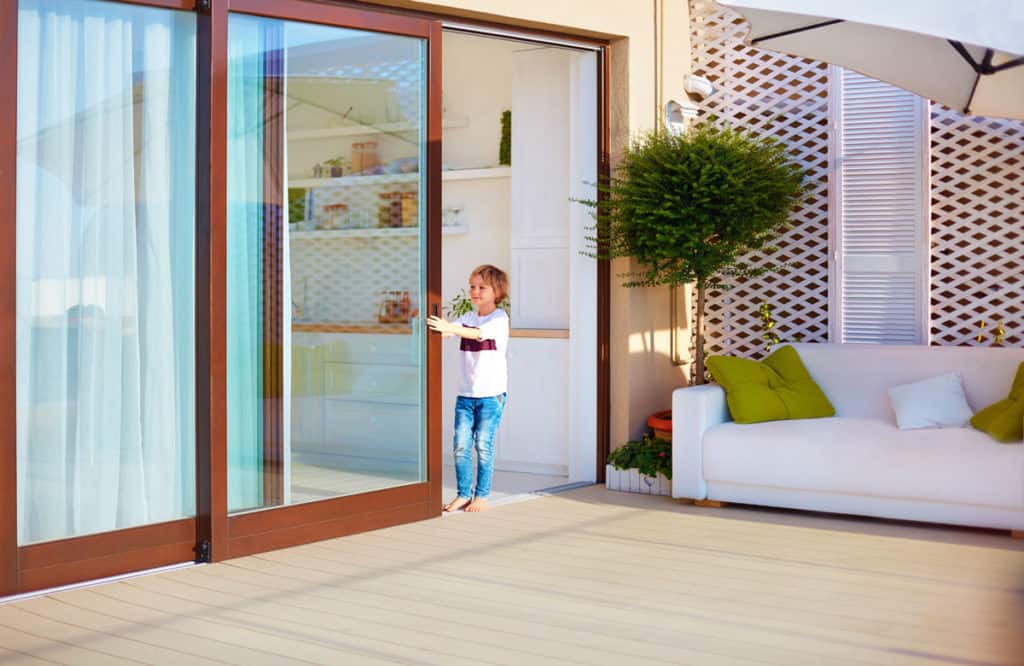Renovate to Entertain
Summer is always an excellent time to get-togethers. However, “Get-togethers” with family and friends is always on the agenda no matter the season. An indoor-outdoor flow in your home will make it easier to entertain and creates a spacious space for relaxing. A modest wooden deck, a roof terrace, or even a fully-fledged outdoor room are just some of the possibilities.
New Zealand is known for its nature and generally modest climate, so it’s time to claim your piece of outdoor paradise. First, consider your budget and think about your space and how you will use it. Spending time on the planning stage of your outdoor entertainment space is worth the effort. Getting the flow from the house to the outdoor space right is crucial. Having a well-designed, functional outdoor area that connects to your main entertaining rooms inside is an excellent way of creating more space to entertain guests as well as for your family to enjoy. The crux to enhancing both in- and outdoor spaces, regardless of size, obscures the boundaries between the two areas to create a seamless flow.
1. Extend the Deck
The building of a new deck or the enclosure of an existing house porch or deck must meet the Building Code’s applicable performance requirements. You may notice that your deck has become the go-to spot for family gatherings and parties, so it may be worthwhile to extend the deck. To make your deck project as pain-free as possible, try to keep the design simple so that it only requires standard length lumber; you’ll save money and produce less waste as well.
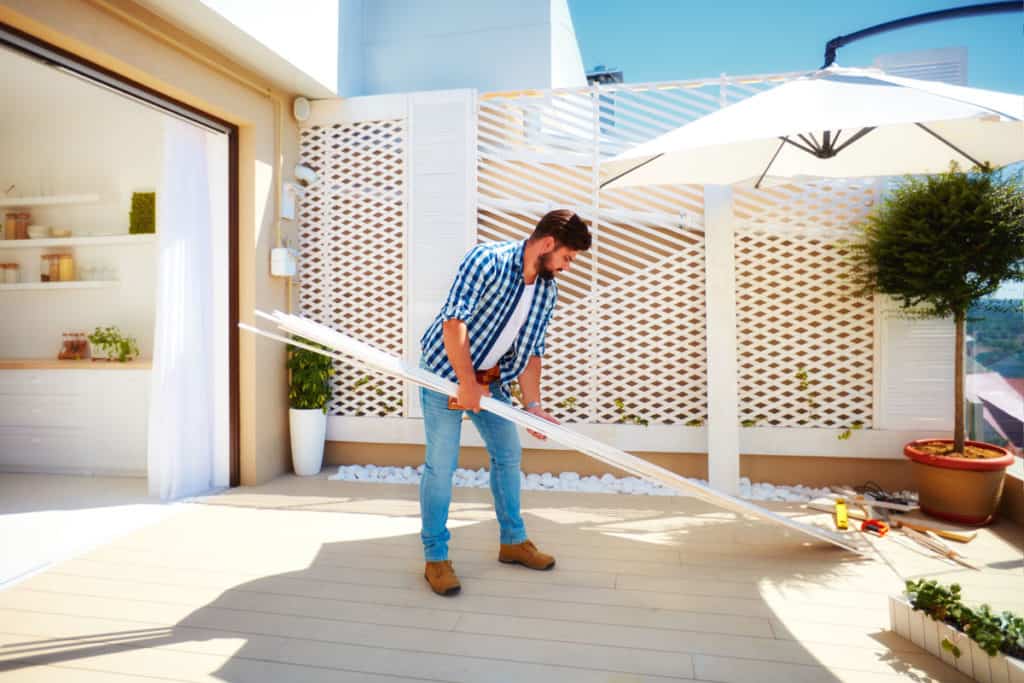
Older homes rarely have an entertaining outdoor area. An outdoor entertainment area is a top priority for improving indoor-outdoor flow. The best solution is to have a deck built leading off your dining, lounge, or kitchen areas. By adding a bi-fold or sliding door, these areas can then be connected. Ideally, the decking should be at the same height as the internal floor.
Clearance for your design can be obtained from your local council. Remember, even if it doesn’t require consent, the building work will still need to meet the relevant Building Code requirements. If you need a building consent, your building work will be considered an alteration to an existing building. In all other respects, you must be rendered no worse than before you carried out the alteration. The requirements to meet are the structure, weather tightness, energy efficiency, internal moisture, and deck durability.
It would be best to get appropriate design advice before starting your project from a Licensed Building Practitioner (LBP). In addition, it’s essential to understand the building code requirements, such as those for access routes, electricity, and safety. Finally, adding a deck to your home is one of the most worthwhile home improvement projects you can choose to do because it increases the living area at a minimal cost per square meter.
2. Create a Roof Terrace
Imagine enjoying the sunset or entertaining on your rooftop lounge area. A growing number of homeowners are planning a rooftop oasis. Particularly in built-up areas, it makes perfect sense to take things up a level. A roof terrace can act as a second living room, a peaceful location, an alternative garden space, and increase the resale value of your home. New Zealand is likely to build more rooftop terraces in its major cities as we move toward higher-density housing.
As a bonus, a well-constructed rooftop will help insulate your home. It keeps the areas below cooler in summer and warmer in winter and reduces noise. If you plant greenery, you provide an environmental boost. While rooftop renovations are popular, it’s not a DIY job. There are certain critical things to get right. It’s more straightforward and cheaper to create a rooftop terrace on a flat roof. Pitched roofs can be adjusted by building up an external wall or sacrificing some attic or roof cavity; the added value and usable space make it worthwhile.
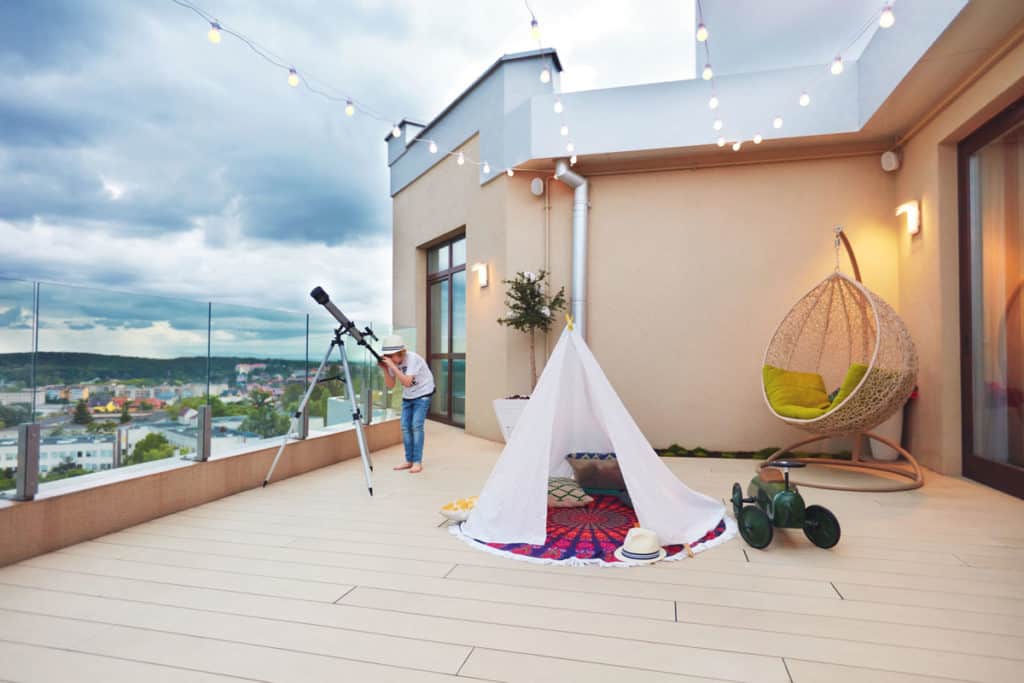
If you want to enjoy your rooftop space for years to come, you will have to use a professional builder to help you with the planning. Requirements to consider are the structure, weather tightness, energy efficiency, internal moisture, the durability of the deck, and fall protection. In addition, it is essential to think about how you could use design elements to create privacy and reduce noise.
3. Consider the following to create a beautiful outdoor space.
Open it up
The problem with many of the Kiwi properties is that the houses back connect to the garden only via windows or a windowless wall, resulting in zero indoor-outdoor flow. This situation gets easily remedied by installing or replacing smaller windows with larger ones. To open up space and allow an influx of light and easy access, consider Bi-fold, sliding, or stacking doors. These doors consume less space, but you’ll have to factor in a track for them to slide. If these doors open up onto a deck, it creates a beautiful flow. A deck is a perfect connection from inside to outside. It elevates users from the ground and provides a unique view of your property and beyond.
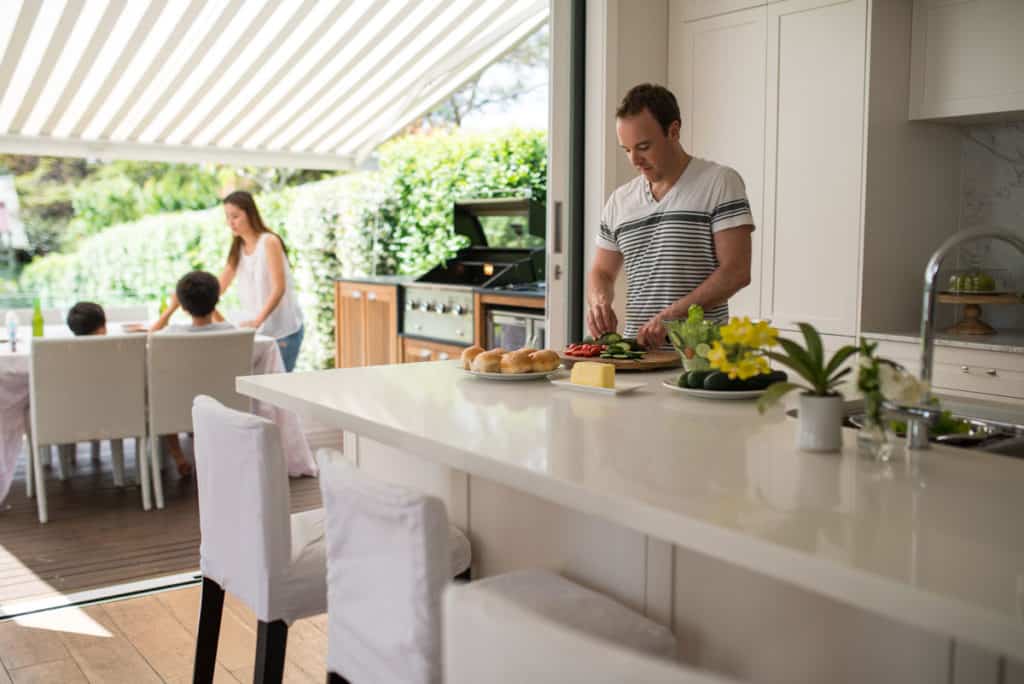
Create floor flow
Today great indoor-outdoor flow is highly prized; most older homes are more likely to have small windows and have limited decking areas as well as small entry doors. You want your home to be a part of its surroundings. Having the floor for your indoor and adjacent outdoor space at the same level and choosing compliment flooring material creates the illusion that you’re in the same room, especially with large windows and big opening glass doors. You might even install similar-looking lighting in both places to enjoy a well-lit outdoor area in the evening. Consider installing larger windows to allow more natural light and a view of the outdoors—swap solid wood exterior doors with glass versions. The popular option is to remove the back wall and install bi-fold or sliding doors that open wide and leads onto a deck or patio.
As far as decking solutions go, there’s now an array of innovative, stylish, durable, and eco-friendly materials available on the market. Great indoor/outdoor flow is on the must-have list for many homeowners.
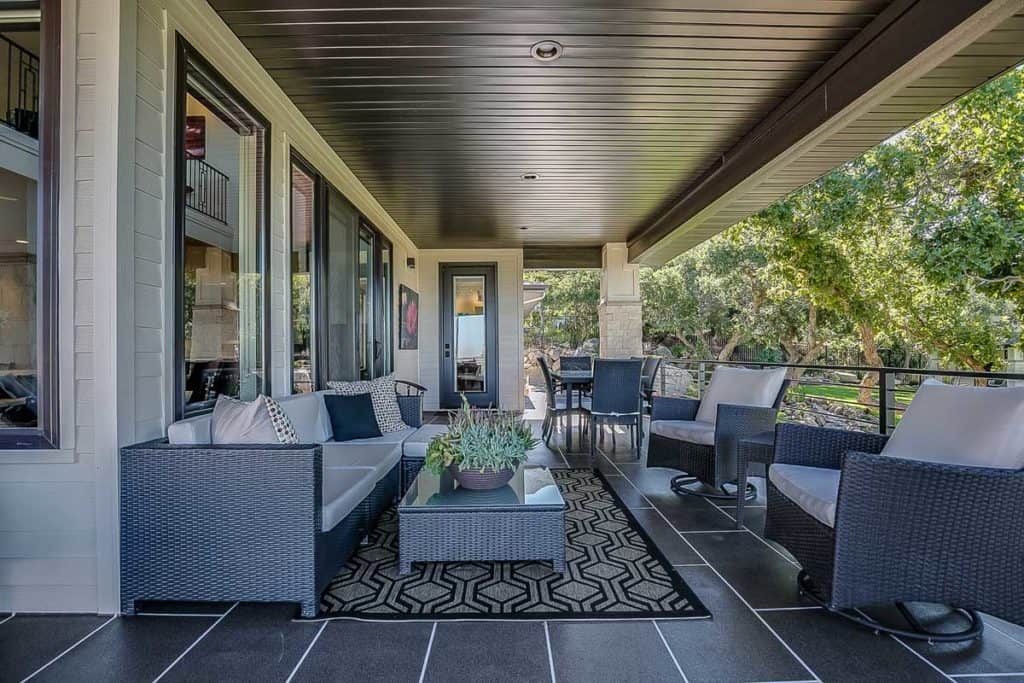
Opt for an all-seasons layout
Given the unpredictable weather, it’s always a great idea to combine covered and uncovered outdoor spaces. Even when it rains and you don’t have a covered entertainment area outside, you can still connect to your garden by reworking the interior layout. It also helps create the impression that the room is significantly larger than it is. Carrying outside the design principles you’ve applied inside your home will make a seamless flow and a sense of connectedness. The materials you will use – most of all, flooring – have a significant impact on the outdoor space’s feel. You could consider continuing the materials and colours from your interior. Traditional timber decking is probably still the most popular choice for decks, but paving stones and tiles are also great options, especially for covered outdoor rooms. Consider your entertaining outdoor area a part of the blueprint of your house.
Take your life outside.
Another way to improve indoor-outdoor flow is by taking your kitchen outside. Outdoor kitchens become the entertainment dream, as are outdoor ovens, fridges, rotisseries, and other culinary appliances.
Using your outdoor space to entertain will most certainly ensure that you will use and love your area more than ever. Have a swim in the pool, whip up a delicious meal in your outdoor kitchen, and then retreat to the comfy seats and settle down with an excellent company

Before you start knocking down walls left and right to turn your house into an entertainer’s dream, it’s worth calling in the professionals to help you find the most practical solutions for your renovation scenario. Sometimes a simple plan turns into an impossible or costly mission. You will need a professional builder with proven systems to guide you with expert advice through pre-construction and construction phases to match your budget and take care of the process.
Planning a major home renovation can be very overwhelming and finding the right information can be difficult. To help you we have developed a free guide that is beneficial for anyone who is in the planning stage of a major renovation. I know you will enjoy it. It is packed with super-practical information covering 7 of the biggest mistakes made when planning a major home renovation.
Click on the link below to download the 7 Biggest Mistakes To Avoid When Planning Your Major Home Renovation.
Download our FREE guide and avoid mistakes that will cost you money and time on your renovation.

